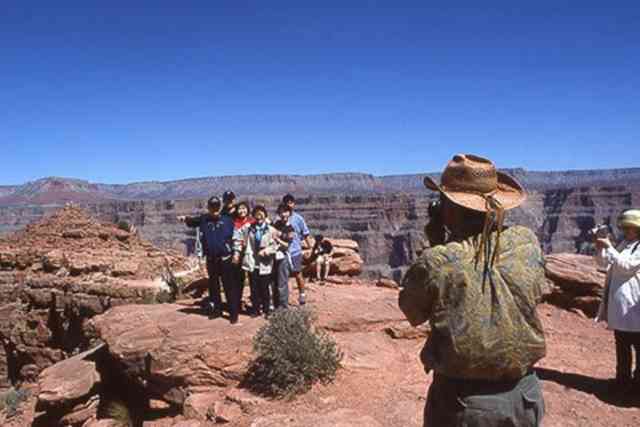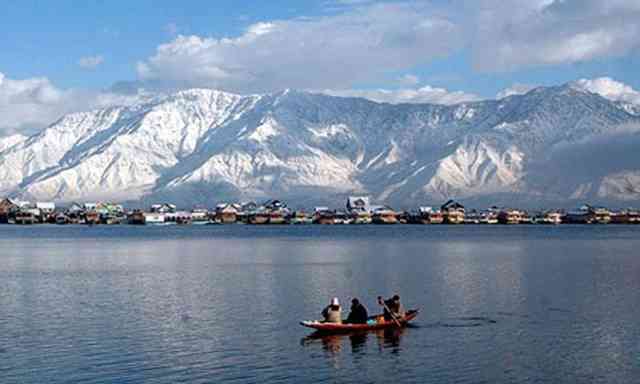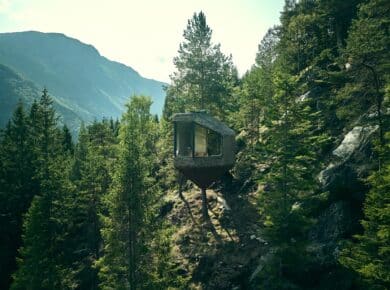The Grand Canyon, sprawling across the northern part of Arizona, is inarguably one of the most magnificent national parks in the United States. Sculptured by the Colorado River over the past two billion years, today's Grand Canyon – a UNESCO world heritage site – is almost 1,500 feet deep and fully 18.6 miles across at its widest spot.
Until 1967, however, when a single airline began flying tourists over the Canyon in fixed-wing aircraft, it was not possible to see and experience the full grandeur of this mega-scale watercourse. One could take a hiking tour, even ride a sure-footed burro down a narrow defile, but there was no way to see the entire gorge in all its magnificence. At least, not in a single day, and not without wings.
Today, thanks to Grand Canyon Helicopter Tours, tourists are able to get an up-close and personal view of this remarkable landmark. These overflights, unlike those of the late 1960s, offer unique viewing and hovering over specific landmarks so that passengers can take amazing aerial photos. More important, these Grand Canyon Tours, from Las Vegas and points east – Lee's Ferry, Pearce Ferry, and Flagstaff – make what would otherwise seem mere pit stops on the way to Nevada, an experience of such magnitude that those who have seen the Grand Canyon from a helicopter never forget the adventure.
In addition to horizontal layers of rock from the Precambrian, Paleozoic, Mesozoic, and Cenozoic – layers which fascinate both amateur and professional geologists – the Canyon also exhibits some of the most rare and endangered flora and fauna to be found in the American Southwest.
These ecospheres include:
- Colorado blue spruce and Rocky Mountain maple established in the Northern Rim Hudsonian Orogeny, or oxygen-producing epoch
- Aspen, Ponderosa pine, Douglas fir and white fir at 8,200 feet in the Canadian North Rim
- Transitional-elevation gambel oaks
- Utah juniper, pinon pine and sagebrush in the Upper Sonoran, below the South Rim
Other unusual plant species include clute penstemon, golden weed, Palmer amsonia, plains cactus, primrose, scouler catchfly, and wild buckwheat. All of these are listed as threatened under the Endangered Species act. Another 15 Grand Canyon plant species are awaiting inclusion.
When it comes to animals, biologists and Park Rangers have identified 299 bird species, 76 mammal species, and 41 reptile/amphibian species. This is in addition to the 16 fish species native to the 277-mile stretch of the Colorado River within the Grand Canyon.
For those who delight in ruins, the park also contains more than 4,800 prehistoric sites, all certified as such by anthropologists who have documented almost every square foot of terrain. These sites, representative of the past 12,000 years of human habitation, include:
- Anasazi, an ancient tribe of aboriginals who lived in various locations, including the South Rim, the North Rim, and the Inner Canyon
- Cohonina Indians, who occupied the South Rim almost exclusively
- Puebloan people (believed to be the ancestors of the Hopi and Zuni of modern times)
- Hualapai and Havasupai Indians, the latest comers, whose culture survived everything but an influx of Anglo-Americans in the 1860s
- Navajo and Paiute, tribes which arrived during the last two or three hundred years
Because the Grand Canyon represents one of the last few undisturbed or only moderately disturbed habitats for a considerable number of species, the move toward aerial tourism, particularly helicopter tourism, is one of the few developments that promises to protect fragile Canyon species and archeological sites equally. It is, in fact, this fragility that makes the Best Grand Canyon (helicopter) Tours so valuable, as individuals are able to view the terrain without damaging fragile Grand Canyon ecospheres.
Sources:
Scenic Airlines (https://www.scenic.com/about-us), “About Us.” 1995-2013 Scenic.com. Web.19 Apr. 2014.
UNESCO, “Grand Canyon National Park.” (https://whc.unesco.org/en/list/75) UNESCO World Heritage Center 1992-2014. Web. 19 Apr. 2014.
Ridge, John Drew. “Annotated Bibliographies of Mineral Deposits in the Western Hemisphere.” Hudsonian epoch. The Geological Society of America (Google Books). 29 March 1970. Web 19 April 2014. https://books.google.com.pk/books?id=7MeFachHur8C&pg=PA38&lpg=PA38&dq=Hudsonian+epoch&source=bl&ots=0yc-X5uLzR&sig=yXnH0EfHFsEvkwuB0jrF248vPcc&hl=en&sa=X&ei=meZSU6DBPMjSsATvqYDoBA&redir_esc=y#v=onepage&q=Hudsonian epoch&f=false https://grandcanyonhistory.clas.asu.edu/sites_southrim_tusayanruin.html










